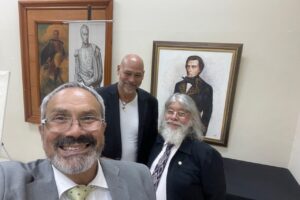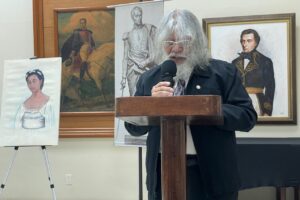
Research on Plasa PIAR
On July 5, 1963, a powerful symbol of friendship was unveiled in Curaçao: a statue of General Manuel Carlos Piar, a gift from the people of Venezuela. This statue, installed in Plasa Piar in Punda, commemorates Piar’s vital contributions to the Venezuelan independence movement and acknowledges his Curaçaoan heritage. Born in Curaçao, Piar became a pivotal figure in Latin American liberation, fighting alongside Simón Bolívar for Venezuela’s independence and embodying ideals of freedom and justice cherished in both nations.
Reinaldo Mora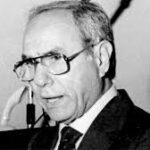
The inauguration was marked by a significant ceremony where Reinaldo L. Mora, Venezuela’s Minister of Education, formally presented the statue on behalf of Venezuela.
Onofre Bike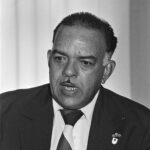
Onofre Bikker, President of the Antillean Parliament, received it for Curaçao and officially named the square “Plasa Piar.”
Santiago Poletto Lambertini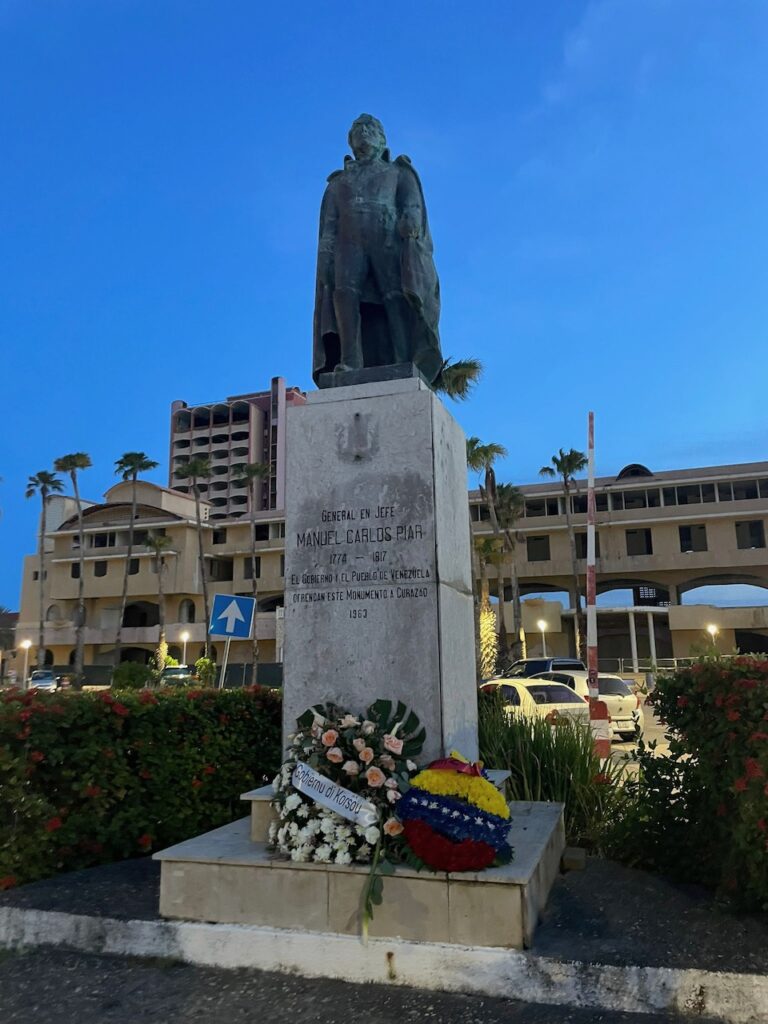
Created by Italian-Venezuelan sculptor Santiago Poletto Lambertini, the statue is strategically placed to face Otrobanda’s Brionplein, where a statue of another Curaçaoan independence hero, Luis Brion, stands. This alignment symbolizes unity and shared dedication to liberty across the Caribbean.
José Nucete-Sardi’s Inaugural Speech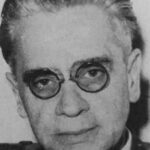
The inauguration ceremony also featured a poignant speech by historian and diplomat José Nucete-Sardi, then the first vice-director of Venezuela’s National Academy of History. In his speech, later published as a 15-page document, Nucete-Sardi emphasized the deep historical and cultural connections between Venezuela and Curaçao. He spoke of Piar’s life as an embodiment of the shared struggle for independence and regional solidarity, reinforcing the historical gratitude of Venezuela toward Curaçao for its contributions to the liberation cause. This moment highlighted Piar not only as a Venezuelan hero but as a symbol of cross-cultural unity.
In 1997, the historic center of Willemstad, which includes Plasa Piar, received UNESCO World Heritage status. This designation places an obligation on Curaçao to preserve its cultural landmarks with respect and care. UNESCO’s guidelines require maintaining the authenticity and integrity of these sites, ensuring that they continue to tell the story of the island’s heritage and contributions to broader Caribbean and Latin American history. 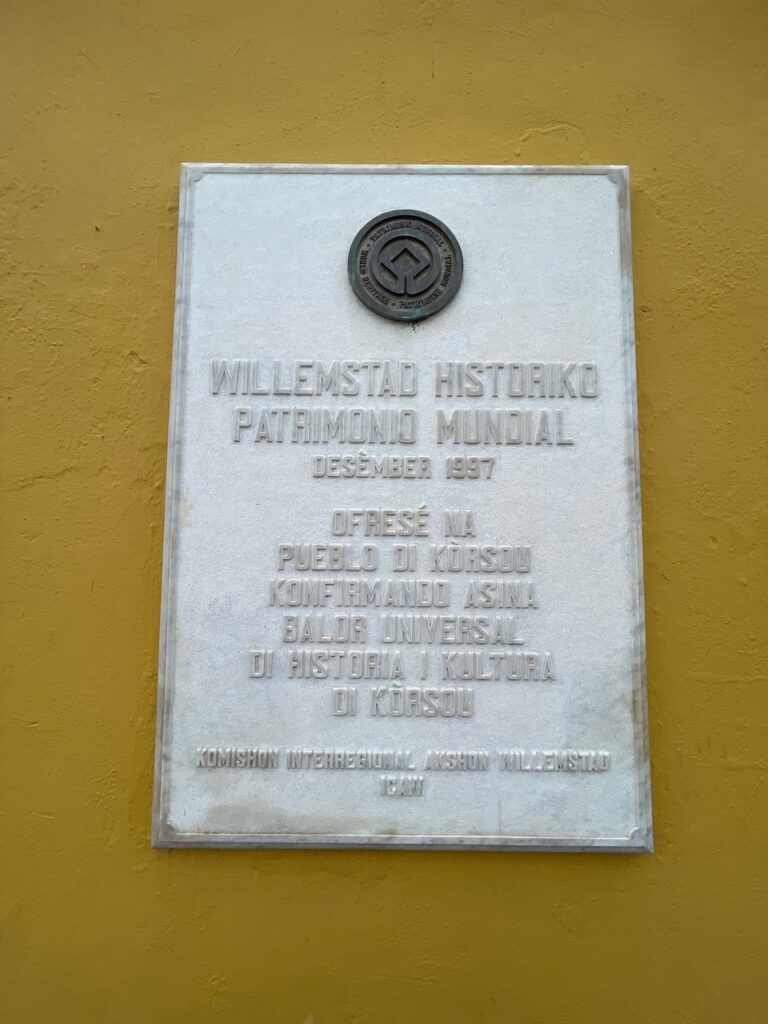
Curaçao must carefully balance tourism development with preservation, especially in historically significant areas like Plasa Piar. This site not only commemorates a Curaçaoan figure who contributed to Venezuela’s independence but also represents Curaçao’s enduring influence and shared legacy within the Caribbean.
A Call for Mindful Tourism and Development at Plasa Piar
Today, Plasa Piar faces challenges as its historical significance is often overshadowed by its current use as a parking area, and it has suffered from neglect, with parts of the statue reportedly stolen over time. As Curaçao develops its tourism infrastructure, plans for Plasa Piar must honor its UNESCO obligations and the legacy of Manuel Piar. This plaza, part of the UNESCO World Heritage site, deserves to be preserved as a living testament to Curaçao’s rich past and as a symbol of the island’s shared history with Venezuela.
In restoring and maintaining Plasa Piar, Curaçao can ensure that the legacy of Manuel Carlos Piar remains a source of pride and reflection for future generations, strengthening the bond between the two nations he so profoundly impacted.
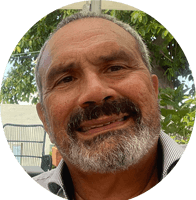
Tico Vos is a professional photographer, producer, and tourism specialist. He has been documenting the History, Culture, and News of Curaçao. This site is a documentation of the history of Manuel Carlos Piar.


